
Respiration
Valérie Hadida
Fine Art Drawings - 50 x 36 cm Fine Art Drawings - 19.7 x 14.2 inch
$1,588
Save your search and find it in your favorites
Save your search to find it quickly
Saved search
Your search is accessible from the favorites tab > My favorite searches
Unsaved search
A problem occurred

Fine Art Drawings - 50 x 36 cm Fine Art Drawings - 19.7 x 14.2 inch
$1,588
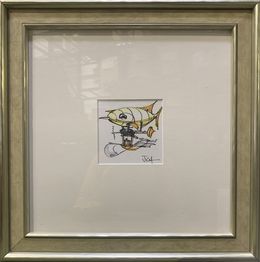
Fine Art Drawings - 11.4 x 11.4 x 5.1 cm Fine Art Drawings - 4.5 x 4.5 x 2 inch
$1,000
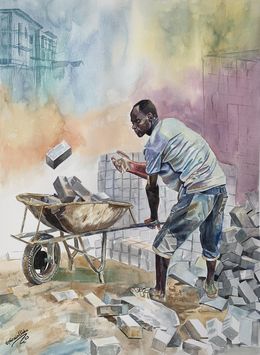
Fine Art Drawings - 76.2 x 55.9 x 2.5 cm Fine Art Drawings - 30 x 22 x 1 inch
$1,500 $1,350
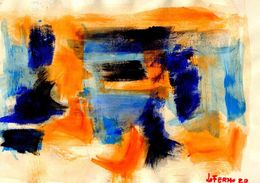
Fine Art Drawings - 21 x 30 x 0.2 cm Fine Art Drawings - 8.3 x 11.8 x 0.1 inch
$624 $561
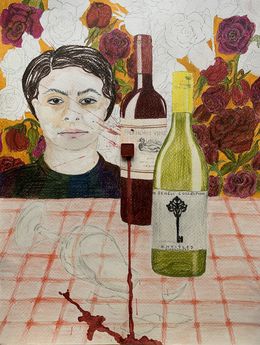
Fine Art Drawings - 40.6 x 30.5 x 0.3 cm Fine Art Drawings - 16 x 12 x 0.1 inch
$1,200
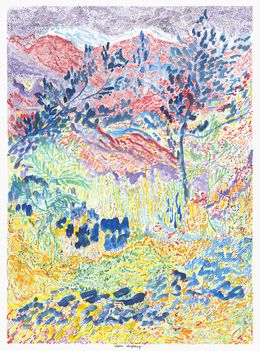
Fine Art Drawings - 76 x 56 x 0.1 cm Fine Art Drawings - 29.9 x 22 x 0 inch
$1,702
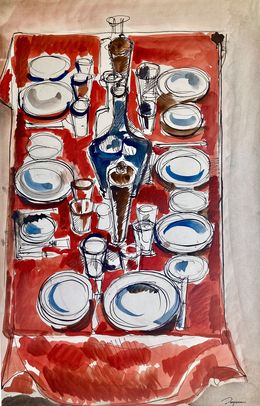
Fine Art Drawings - 50 x 33 x 0.1 cm Fine Art Drawings - 19.7 x 13 x 0 inch
$1,134
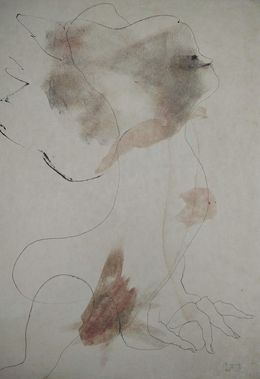
Fine Art Drawings - 64 x 45 x 0.1 cm Fine Art Drawings - 25.2 x 17.7 x 0 inch
$630
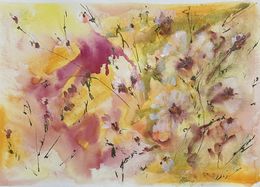
Fine Art Drawings - 30 x 40 x 0.2 cm Fine Art Drawings - 11.8 x 15.7 x 0.1 inch
$238
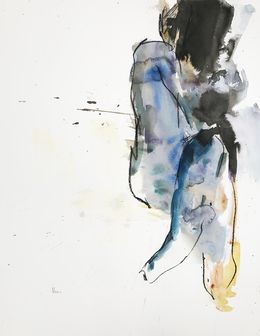
Fine Art Drawings - 65 x 50 x 0.1 cm Fine Art Drawings - 25.6 x 19.7 x 0 inch
$907

Fine Art Drawings - 65.5 x 50.5 x 0.1 cm Fine Art Drawings - 25.8 x 19.9 x 0 inch
$2,042
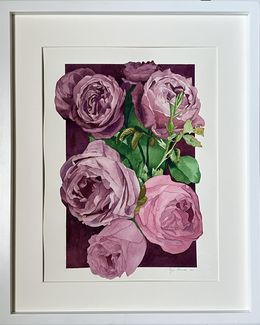
Fine Art Drawings - 39 x 29 x 0.1 cm Fine Art Drawings - 15.4 x 11.4 x 0 inch
$624
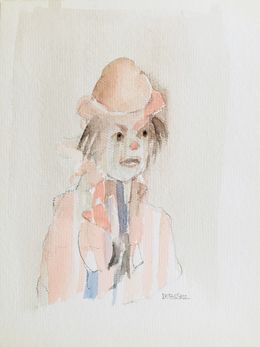
Fine Art Drawings - 30.5 x 22.7 x 0.1 cm Fine Art Drawings - 12 x 8.9 x 0 inch
$284

Fine Art Drawings - 65 x 50 x 3 cm Fine Art Drawings - 25.6 x 19.7 x 1.2 inch
$10,776
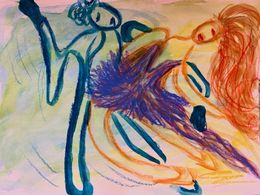
Fine Art Drawings - 21 x 29.7 x 0.1 cm Fine Art Drawings - 8.3 x 11.7 x 0 inch
$567
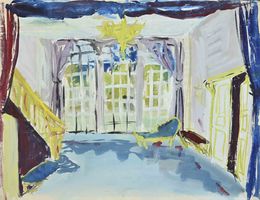
Fine Art Drawings - 23 x 31 x 0.3 cm Fine Art Drawings - 9.1 x 12.2 x 0.1 inch
$510 $459
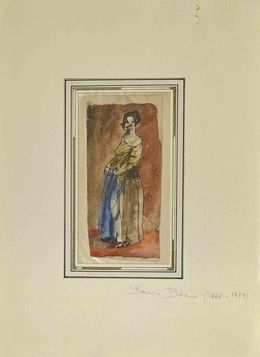
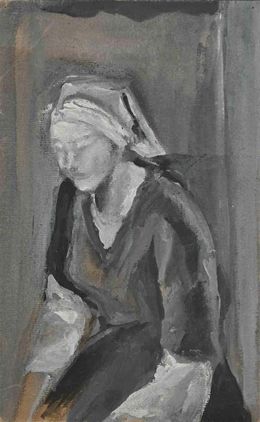
Fine Art Drawings - 25 x 16 x 0.3 cm Fine Art Drawings - 9.8 x 6.3 x 0.1 inch
$454
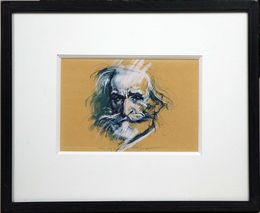
Fine Art Drawings - 13 x 20 cm Fine Art Drawings - 5.1 x 7.9 inch
$13,612
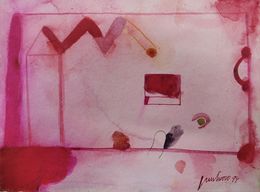
Fine Art Drawings - 28.5 x 37.5 x 0.1 cm Fine Art Drawings - 11.2 x 14.8 x 0 inch
$681
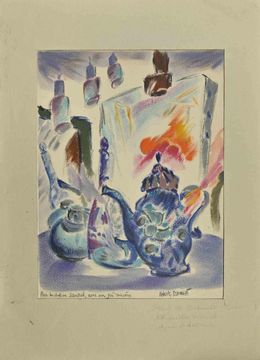
Fine Art Drawings - 28 x 21 x 0.4 cm Fine Art Drawings - 11 x 8.3 x 0.2 inch
$454
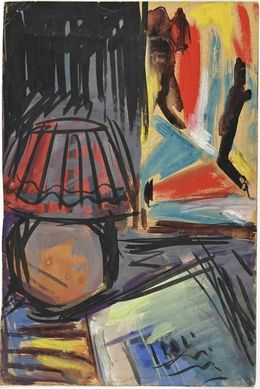
Fine Art Drawings - 24 x 16 x 0.3 cm Fine Art Drawings - 9.4 x 6.3 x 0.1 inch
$454 $386
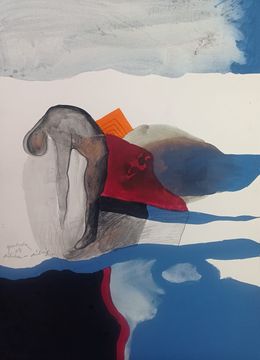
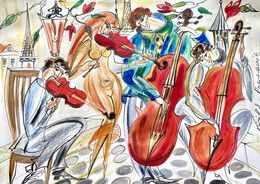
Fine Art Drawings - 21 x 29.7 x 0.1 cm Fine Art Drawings - 8.3 x 11.7 x 0 inch
$261
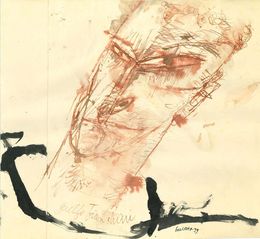
Fine Art Drawings - 29 x 32 x 0.2 cm Fine Art Drawings - 11.4 x 12.6 x 0.1 inch
$681

Fine Art Drawings - 65 x 50 x 0.1 cm Fine Art Drawings - 25.6 x 19.7 x 0 inch
$1,021
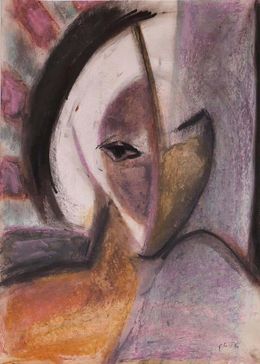
Fine Art Drawings - 49 x 35 x 0.2 cm Fine Art Drawings - 19.3 x 13.8 x 0.1 inch
$658 $526
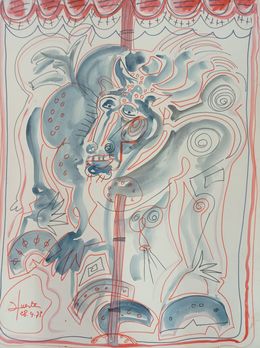
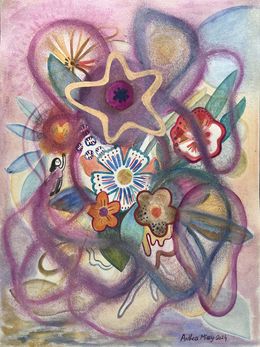
Fine Art Drawings - 48 x 36 x 0.02 cm Fine Art Drawings - 18.9 x 14.2 x 0 inch
$567

Fine Art Drawings - 33.5 x 47.5 x 0.3 cm Fine Art Drawings - 13.2 x 18.7 x 0.1 inch
$3,138
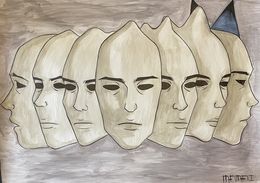
Fine Art Drawings - 61 x 86 x 0.2 cm Fine Art Drawings - 24 x 33.9 x 0.1 inch
$567
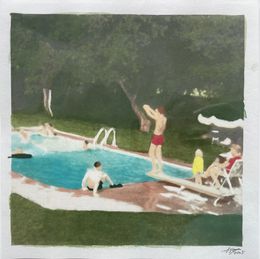
Fine Art Drawings - 20.3 x 20.3 cm Fine Art Drawings - 8 x 8 inch
$7,373
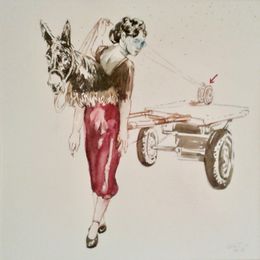
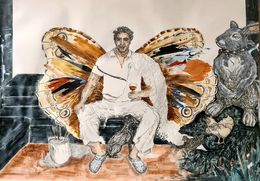
Fine Art Drawings - 42 x 59 x 0.1 cm Fine Art Drawings - 16.5 x 23.2 x 0 inch
$2,042
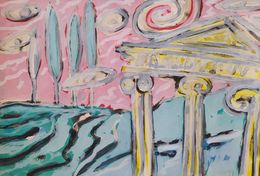
Fine Art Drawings - 70 x 105 x 0.1 cm Fine Art Drawings - 27.6 x 41.3 x 0 inch
$3,290
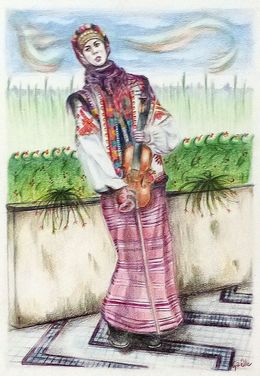
Fine Art Drawings - 31 x 22 x 2 cm Fine Art Drawings - 12.2 x 8.7 x 0.8 inch
$329
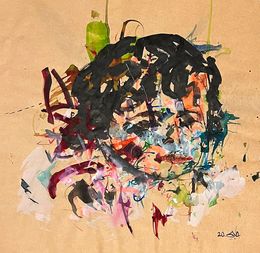
Fine Art Drawings - 50 x 50 x 1 cm Fine Art Drawings - 19.7 x 19.7 x 0.4 inch
$900
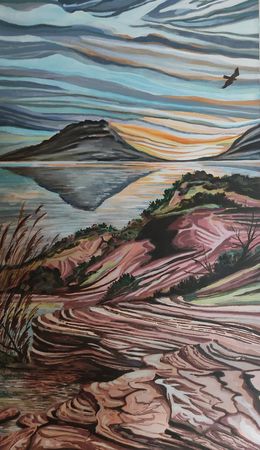
Fine Art Drawings - 42 x 24 x 1.5 cm Fine Art Drawings - 16.5 x 9.4 x 0.6 inch
$442

Fine Art Drawings - 16.5 x 12.6 cm Fine Art Drawings - 6.5 x 5 inch
$907


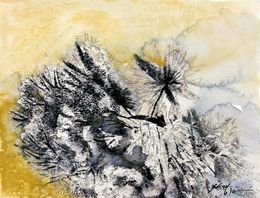
Fine Art Drawings - 24 x 31 x 1 cm Fine Art Drawings - 9.4 x 12.2 x 0.4 inch
$306

Fine Art Drawings - 26.5 x 35.5 x 0.1 cm Fine Art Drawings - 10.4 x 14 x 0 inch
$681
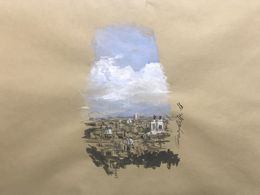
Fine Art Drawings - 29.5 x 41.3 x 0.2 cm Fine Art Drawings - 11.6 x 16.3 x 0.1 inch
$397


Fine Art Drawings - 21 x 29.7 x 1.5 cm Fine Art Drawings - 8.3 x 11.7 x 0.6 inch
$170

Fine Art Drawings - 33.3 x 33.3 x 3 cm Fine Art Drawings - 13.1 x 13.1 x 1.2 inch
$1,078
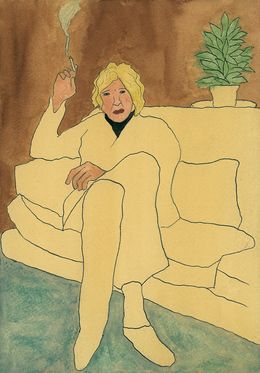
Fine Art Drawings - 21 x 15 x 0.5 cm Fine Art Drawings - 8.3 x 5.9 x 0.2 inch
$794

Fine Art Drawings - 11 x 15.5 x 0.1 cm Fine Art Drawings - 4.3 x 6.1 x 0 inch
$1,021

Fine Art Drawings - 70 x 50 x 1 cm Fine Art Drawings - 27.6 x 19.7 x 0.4 inch
$1,248
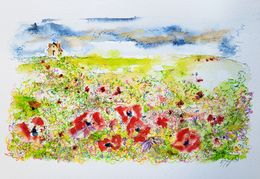
Fine Art Drawings - 35 x 46 x 0.3 cm Fine Art Drawings - 13.8 x 18.1 x 0.1 inch
$284
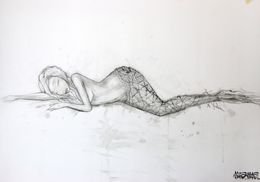

Fine Art Drawings - 41.5 x 59 x 0.1 cm Fine Art Drawings - 16.3 x 23.2 x 0 inch
$681

Fine Art Drawings - 26 x 18 x 1 cm Fine Art Drawings - 10.2 x 7.1 x 0.4 inch
$1,078

Fine Art Drawings - 50 x 65 x 0.1 cm Fine Art Drawings - 19.7 x 25.6 x 0 inch
$1,475
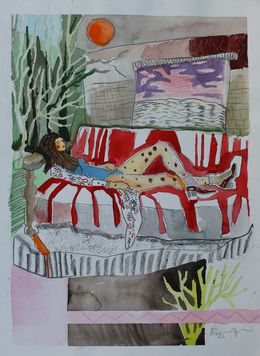
Fine Art Drawings - 41.5 x 29.5 x 0.1 cm Fine Art Drawings - 16.3 x 11.6 x 0 inch
$907
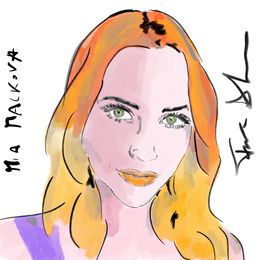
Fine Art Drawings - 50 x 50 x 0.1 cm Fine Art Drawings - 19.7 x 19.7 x 0 inch
$2,269
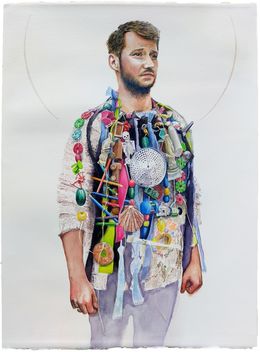

Fine Art Drawings - 71 x 50 x 0.1 cm Fine Art Drawings - 28 x 19.7 x 0 inch
$907
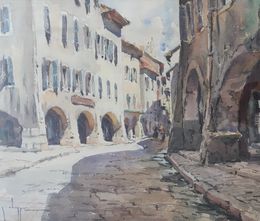
Fine Art Drawings - 39 x 47 x 0.3 cm Fine Art Drawings - 15.4 x 18.5 x 0.1 inch
$1,148
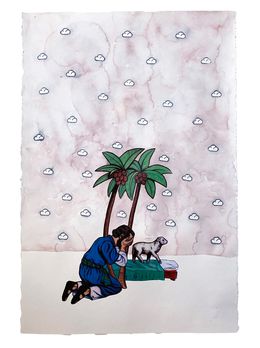
Fine Art Drawings - 117 x 84 cm Fine Art Drawings - 46.1 x 33.1 inch
$4,310

Fine Art Drawings - 54.6 x 52.1 x 5.1 cm Fine Art Drawings - 21.5 x 20.5 x 2 inch
$1,800
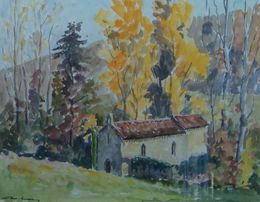
Fine Art Drawings - 38 x 48 cm Fine Art Drawings - 15 x 18.9 inch
$737

Fine Art Drawings - 35.6 x 25.4 x 0.3 cm Fine Art Drawings - 14 x 10 x 0.1 inch
$150

Fine Art Drawings - 38 x 29 x 1 cm Fine Art Drawings - 15 x 11.4 x 0.4 inch
$510
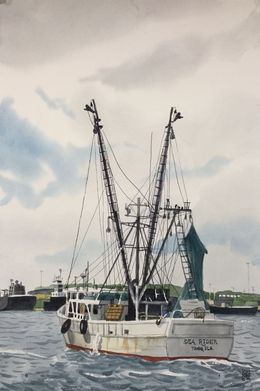
Fine Art Drawings - 53.3 x 38.1 x 0.3 cm Fine Art Drawings - 21 x 15 x 0.1 inch
$609
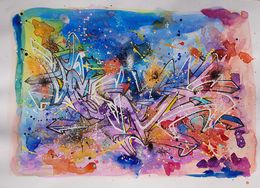
Fine Art Drawings - 29.7 x 42 x 1 cm Fine Art Drawings - 11.7 x 16.5 x 0.4 inch
$227
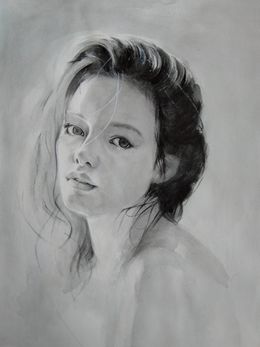
Fine Art Drawings - 50 x 40 x 0.1 cm Fine Art Drawings - 19.7 x 15.7 x 0 inch
$454
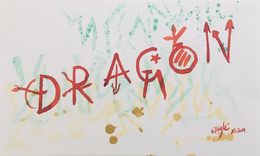

Fine Art Drawings - 30 x 36.5 x 0.1 cm Fine Art Drawings - 11.8 x 14.4 x 0 inch
$794

Fine Art Drawings - 35.5 x 47.5 x 0.1 cm Fine Art Drawings - 14 x 18.7 x 0 inch
$1,702

Fine Art Drawings - 68 x 68 x 0.1 cm Fine Art Drawings - 26.8 x 26.8 x 0 inch
$907

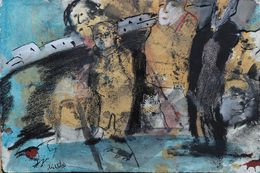
Fine Art Drawings - 25 x 36 x 0.1 cm Fine Art Drawings - 9.8 x 14.2 x 0 inch
$1,702
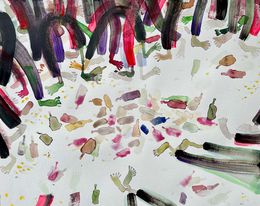
Fine Art Drawings - 27.5 x 34 x 0.2 cm Fine Art Drawings - 10.8 x 13.4 x 0.1 inch
$817

Fine Art Drawings - 58.4 x 53.3 x 2.5 cm Fine Art Drawings - 23 x 21 x 1 inch
$1,000

Fine Art Drawings - 43 x 32 x 0.2 cm Fine Art Drawings - 16.9 x 12.6 x 0.1 inch
$3,970 $3,375

Fine Art Drawings - 46.5 x 53 x 0.1 cm Fine Art Drawings - 18.3 x 20.9 x 0 inch
$1,702

Fine Art Drawings - 40 x 27 cm Fine Art Drawings - 15.7 x 10.6 inch
$1,418

Fine Art Drawings - 86 x 61 x 0.1 cm Fine Art Drawings - 33.9 x 24 x 0 inch
$1,702

Fine Art Drawings - 50.8 x 40.6 x 1.3 cm Fine Art Drawings - 20 x 16 x 0.5 inch
$575
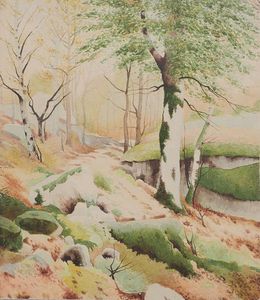
Fine Art Drawings - 37.5 x 32.5 x 0.1 cm Fine Art Drawings - 14.8 x 12.8 x 0 inch
$624
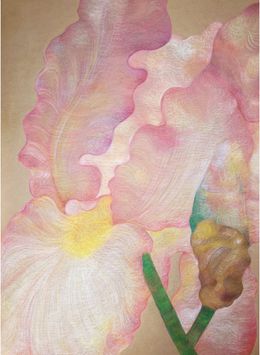



Fine Art Drawings - 65 x 50 x 0.1 cm Fine Art Drawings - 25.6 x 19.7 x 0 inch
$630

Fine Art Drawings - 28 x 21 x 0.02 cm Fine Art Drawings - 11 x 8.3 x 0 inch
$284

Fine Art Drawings - 38.1 x 24.1 x 0.3 cm Fine Art Drawings - 15 x 9.5 x 0.1 inch
$1,500
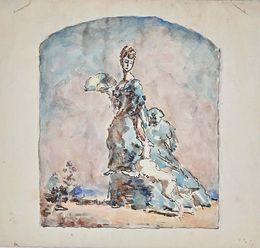
Fine Art Drawings - 20.5 x 22 x 0.1 cm Fine Art Drawings - 8.1 x 8.7 x 0 inch
$896

Fine Art Drawings - 57 x 70 cm Fine Art Drawings - 22.4 x 27.6 inch
$2,042


Fine Art Drawings - 16 x 24 x 0.2 cm Fine Art Drawings - 6.3 x 9.4 x 0.1 inch
$1,361

Fine Art Drawings - 66.5 x 51.5 cm Fine Art Drawings - 26.2 x 20.3 inch
$1,985
Watercolor painting is a technique that uses paint pigments and a water-based solution. It is popular thanks to its blurred, hazy effect which can't be obtained through other binding elements, such as egg or oil. Gouache is also a watercolour medium but it is noticeably more adhesive and opaque. Watercolor usually takes shape thanks to a faint pencil outline, drawn onto the paper before the paint is applied.
One of the other advantages for watercolor artists is that they can work quickly, using their time efficiently. Pigments spread out across the canvas in a rather unusual way, becoming more concentrated around the edges. This gives watercolor prints the transparent quality they're known for, enhancing the paper's luminosity.
There are several key techniques to watercolor painting, the first of which is called the dry-on-wet technique. For this method, the painting's base is laid out in watercolor and then elaborated on with fewer pigments. There is also the wet-on-wet technique, which involves wetting the paper before the paint is applied in order to achieve greater color saturation.
Watercolor is also easily erasable! Artists working with this medium can rework their watercolor print's by diluting the paint with water again, this time directly on the paper. These are just a few of the reasons for why watercolor is a preferred method for plein-air painters, who set out to represent landscapes and the sky in situ...
Artworks using watercolor are typically carried out on paper, also contributing to why watercolor drawing is so popular. The weight of the paper, its resistance to moisture, the paper's color… all of these aspects play a decisive role in creating the painting's final effect. The type of paper typically used for this artistic technique is made from linen cloths, wood or straw.
Certain artists, such as the illustrator Oga Kazuo from Studio Ghibli, work with wet paper spread across varnished wood, while others prefer to use plexiglas. The result is that the water takes longer to evaporate, producing a very different color effect.
Although water-based paints date back to cave painting, it wasn't until the Renaissance that watercolor painting became commonplace. Art history tells us that oil painting was the most commonly used technique at the time, yet Northern European masters such as Albrecht Dürer chose watercolor to depict landscapes. Venetian painters also gravitated towards this medium for their representations of the city's sublime canals. What could be a better way to portray water than with water-based paints?
Landscape painting is the most popular genre among watercolor artists. Claude Lorrain is an example of this from the 17th century, to be followed by William Turner, Samuel Palmer and Richard Bonington in the 19th century. Many artists chose watercolor painting to express the shades of the sky, ocean waves and expansive fields. In the 20th century, artists such as Vassily Kandinsky, Jean Bazaine and Raoul Dufy elaborated different abstract, watercolor techniques.
Discover Artsper's collection of watercolor paintings, offering some of the most renowned artists such as Paul Jenkins, Walasse Ting, Vittoretti and Philippe Pasqua. If you're curious for more, head over to our unique selection of Chinese ink drawings, charcoal portraits or pastel and chalk portraits...
As a beginner in watercolor, it's best to start with basic techniques such as wet-on-wet, dry brush, and glazing. These techniques will help you understand how watercolor works and how to control the paint. Additionally, practicing color mixing and using the right paper and brushes can also improve your watercolor skills.
When choosing paper for watercolor drawings, consider the weight, texture, and absorbency. Heavier paper with a rough texture and high absorbency is ideal for watercolor. Look for acid-free paper to prevent yellowing over time. Cold-pressed paper is a popular choice for its versatility.
When working with watercolors in a drawing, it's important to avoid using too much water, not allowing enough drying time between layers, and not using the right paper. Additionally, not planning out the composition beforehand and not experimenting with different techniques can also lead to mistakes.
Choose your preferences
The art is yours
The art is yours